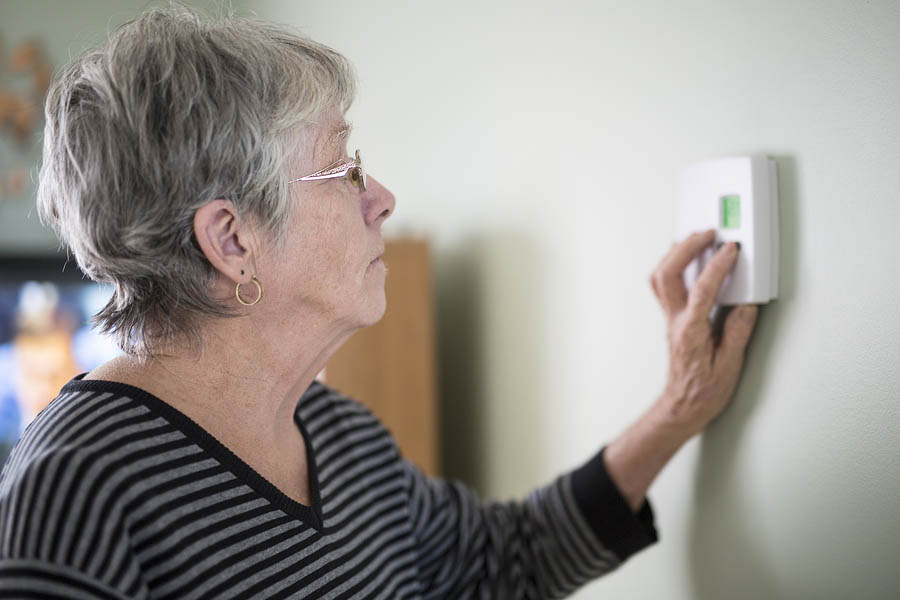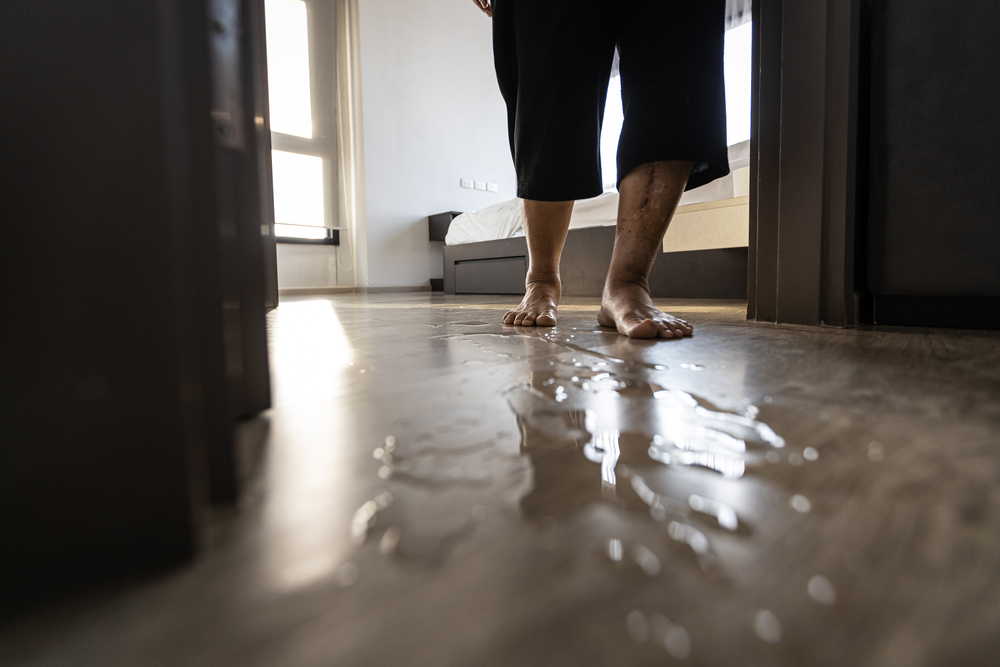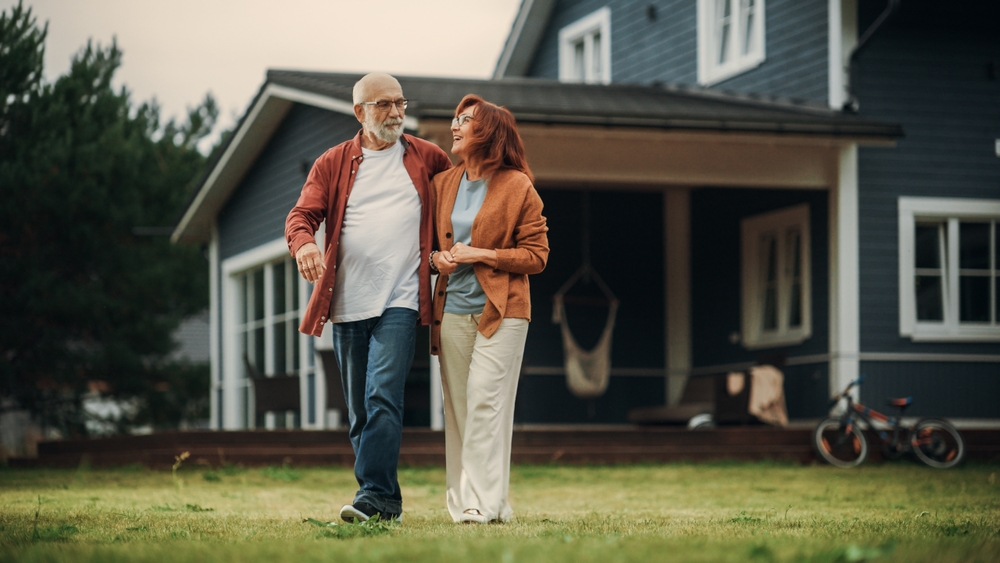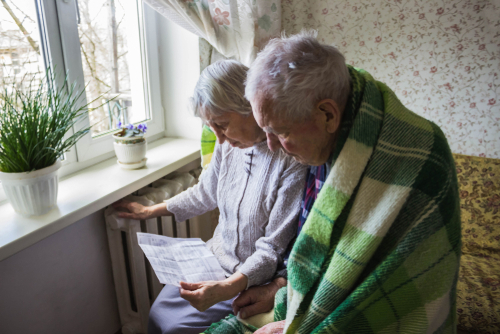Weatherization Program for Seniors

Energy costs can kill. For seniors living on a fixed income, expenses like air conditioning and heating are a necessity. Younger people can often tough it out through uncomfortable conditions. As we age, we lose our ability to tolerate extreme temperatures without potentially suffering serious repercussions. Many low-income households spend as much as 10% of their annual budget on energy. For seniors, costs like that can quickly cut into their ability to pay for the necessities of life.
Fortunately, there are a number of business and government programs that provide energy discounts for the elderly. Some offer immediate discounts on bills, while others can produce a long-term solution with weatherization programs for seniors. By sealing drafts within a home, cool air can be kept in during the summer and kept out during the winter. For the beneficiaries of these programs, the end result often isn’t just financial savings, but measurable improvements in health.
LIHEAP
The average cost of weatherization services is in the neighborhood of $6,500, which is an expense that many seniors on a fixed income simply cannot handle on their own. Weatherization program for seniors like LIHEAP can assume the cost of insulation, HVAC installation, or repair, air sealing, and so on. The weatherization programs provided through LIHEAP typically include a variety of safety testing as well, like carbon monoxide tests. Health and safety are improved, energy costs for seniors go down, and everyone is better off.
The Low-Income Home Energy Assistance Program (LIHEAP) is federally funded but operated on a state-by-state basis. Consequently, qualifications vary slightly from one state to the next. But the program requirements tend to mirror the income requirements surrounding Medicaid. That means seniors who qualify for Medicaid are likely to qualify for LIHEAP. You can find details about the programs in your state by visiting the Benefits.gov site.
WAP
The Weatherization Assistance Program (WAP) is overseen by the Department of Energy and is charged with the task of providing assistance with energy costs to low-income families and seniors. Since its inception in 1976, WAP has helped more than 7 million families, including about 35,000 homes every year. In many cases, completing an approved weatherization project can be done within as little as a week.
WAP provides weatherization services for seniors like installing heating pipes, solar screens, programmable thermostats, weather tank insulation, and solar hot water heating systems. WAP also evacuates potential health hazards, performs safety testing, administers safety repairs, and supports the basic installation, repair, and maintenance of HVAC systems. With the help of weatherization programs, seniors can save nearly $300 in energy costs every year.
WAP is operated state-by-state, so you’ll find regional differences in qualification and coverage. The most important qualification is income, with assistance prioritized towards seniors, the disabled, and households with children. One more thing you should know about WAP is that both tenants and owners may qualify, given they both meet income eligibility.
Regional Discounts
Apart from large programs like LIHEAP and WAP, many local governments and utility companies offer energy discounts for the elderly. But like with the bigger programs, qualifications vary widely and usually come down to some combination of age and income. The best way to get started saving money is to call your own local energy provider and ask if they have any senior discounts. In many cases, you or your loved one may be able to start saving on energy costs within the year.
Subscribe
Date: July 5, 2018


